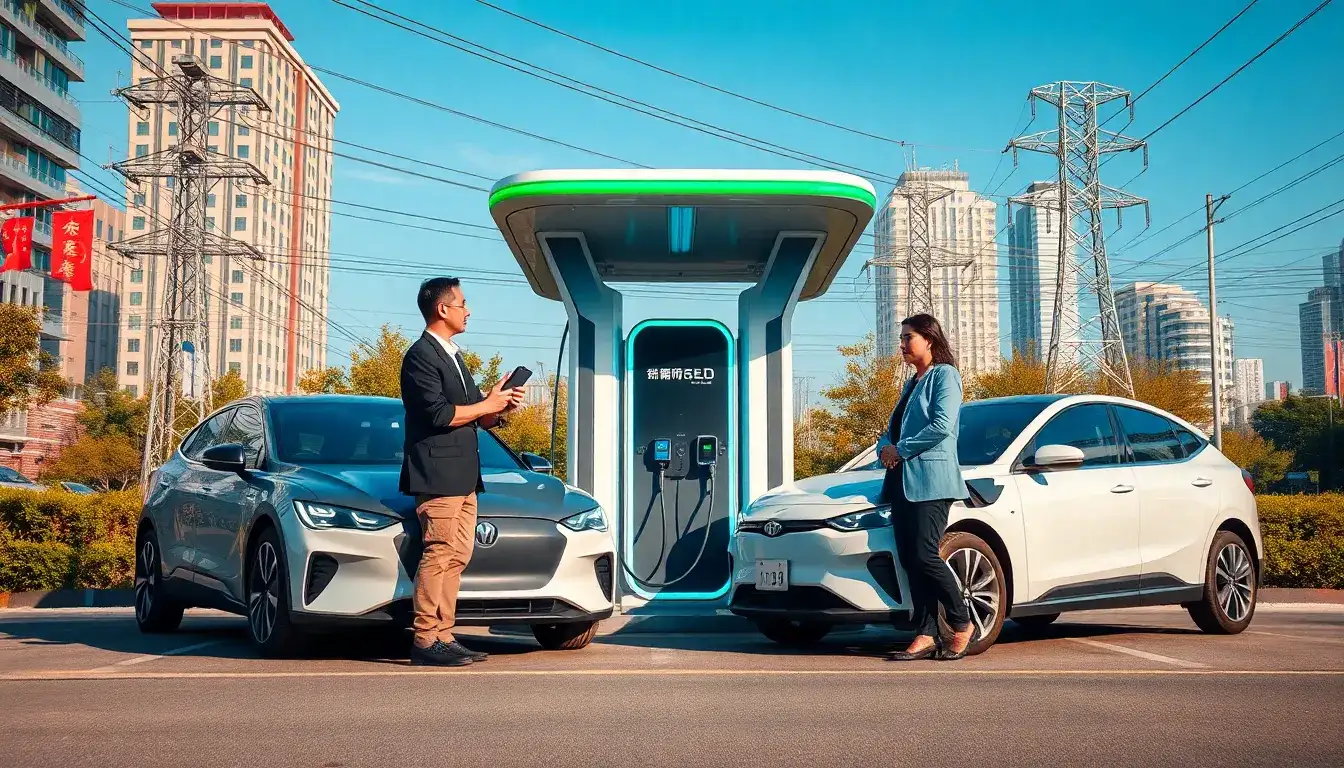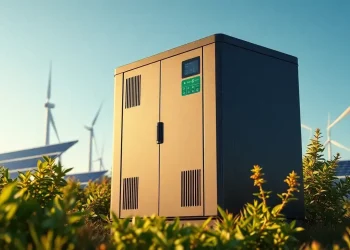
Recently, four ministries, including the National Development and Reform Commission and the National Energy Administration, jointly issued a notice titled “Announcement on the First Batch of Vehicle-Grid Interaction Large-Scale Application Pilot Projects.” This notice designates nine pilot cities for vehicle-grid interaction, including Shanghai, Changzhou, Hefei, Huaibei, Guangzhou, Shenzhen, Haikou, Chongqing, and Kunming.
The document outlines that the local branches of the National Energy Administration are to enhance the trading rules for power markets in their jurisdictions, supporting large-scale applications of vehicle-grid interaction in market-driven transactions. The notice also lists 30 pilot projects, which include initiatives such as the “Beijing V2G Vehicle-Grid Interaction Coordination Pilot Project based on New Energy Storage,” the “Wuxi Comprehensive Pilot Project for Source-Grid-Load-Storage Integration,” and the “Virtual Power Plant Coordinated Control Pilot Project for Vehicle-Grid Interaction.”
This notice not only promotes the integration of new energy vehicles with the power grid but also indicates further attempts and explorations in China’s energy system transformation. Electric vehicles are evolving from mere transportation tools to adjustable power units, aiming to reshape the entire chain of energy production, distribution, and consumption.
The selected cities span various regions, from Changzhou and Hefei in the Yangtze River Delta to Guangzhou and Shenzhen in the Pearl River Delta, and from Chongqing in the mountainous southwest to tropical Haikou. Each city is testing different scenarios: Shanghai is validating the flexible control capabilities of a mega-city power system, Shenzhen is exploring energy collaboration models in high-tech industrial clusters, and Chongqing is tackling the challenges of peak regulation in mountainous urban areas. This differentiated approach may be establishing a multidimensional laboratory for China’s energy transition.
As electric vehicles become capable of both charging and discharging, the lines between buyers and sellers in the electricity market are starting to blur. Future electric vehicle users may find themselves as consumers in the morning and distributed energy suppliers in the afternoon. This transformation in identity will compel electricity trading mechanisms to shift from “unidirectional wholesale” to “bidirectional retail” and from “planned scheduling” to “real-time bidding.” The pilot cities must find ways for millions of electric vehicles to become flexible market participants.
Traditional automakers that focus solely on manufacturing and selling cars may miss out on the trillion-dollar energy services market. Similarly, charging station companies that are satisfied with just selling equipment may become mere spectators in the new power system. Companies that proactively engage in vehicle-grid interaction are positioning themselves as routers in the energy internet—managing the charging and discharging behavior of vehicles, aggregating dispersed power resources, and seizing opportunities in the electricity market.
This transformation will reshape the profit distribution model across the entire new energy vehicle industry. As projects like Beijing’s V2G regulation and Wuxi’s source-grid-load-storage collaborative project are implemented, the “nerve endings” of the new power system are quietly taking shape. Each charging station could become an intelligent terminal of the power grid, and every electric vehicle could function as a miniature energy storage station. Once this distributed energy network is established, it not only enhances grid resilience but may also give rise to entirely new energy service models—akin to how mobile payments have revolutionized financial services.
The goal of this experiment is to create an energy operating system for the era of new energy vehicles. Just as smartphones require iOS or Android systems, vehicle-grid interaction needs its own operational rules and technical standards. The 30 pilot projects serve as “stress tests” for different application scenarios, validating both technological feasibility and the vitality of business models. When these dispersed experimental fields yield mature results, they could integrate into a nationwide energy internet infrastructure.
As tens of millions of electric vehicles turn into mobile energy storage units and charging networks upgrade into smart energy hubs, the traditional “generation-transmission-consumption” unidirectional chain will be entirely dismantled. This is not merely a technical upgrade but a profound transformation redefining the relationships in energy production.







